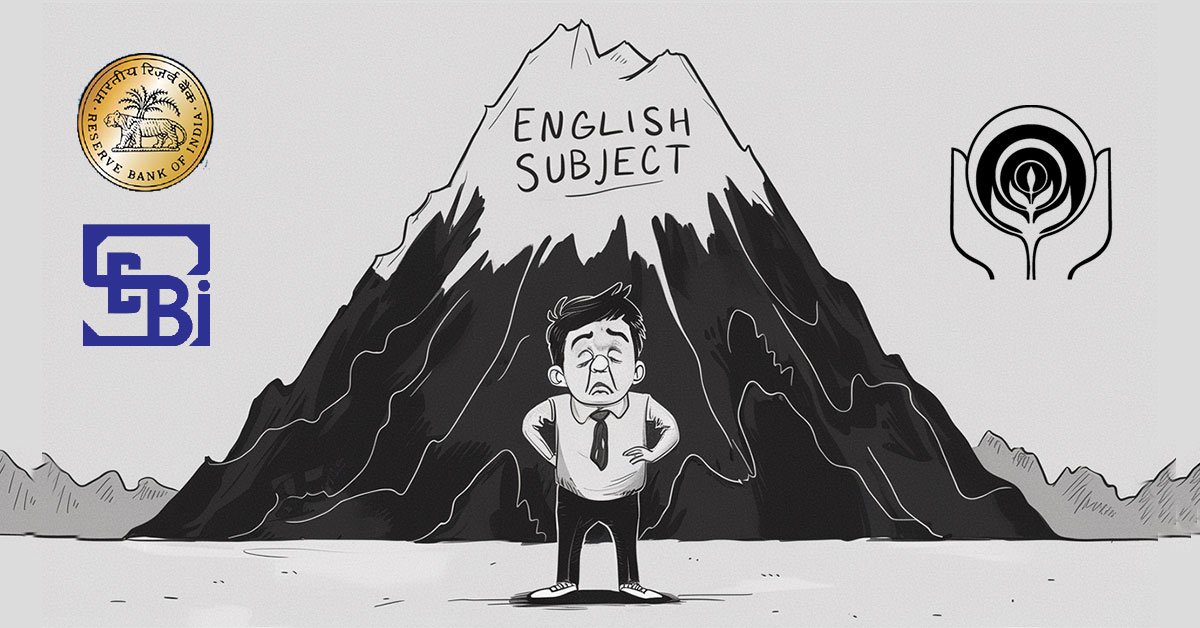Context:
The Keeladi archaeological site in Tamil Nadu has become a focal point of both archaeological significance and political contention. The excavations, first launched by archaeologist K. Amarnath Ramakrishna in 2014, unearthed evidence of a sophisticated urban civilisation along the Vaigai River, possibly dating back to the Sangam period (2nd century BCE).

Keeladi Excavation
Keeladi, a village in Sivaganga district, Tamil Nadu, is located on the banks of the Vaigai River, about 12 km southeast of Madurai.
Excavation Highlights
- Artefacts Unearthed:
Over 18,000 antiquities including:- Pottery and Tamil-Brahmi script now dated to 5th century BCE, possibly earlier.
- Gold and copper ornaments, spindle whorls, seals
- Glass, shell, and ivory bangles, beads made of agate and carnelian
- Weaving and dyeing tools, game pieces like dice and hopscotch tiles
- Graffiti resembling Indus Valley signs
- Carbon dating confirmed the findings were at least 2,160 years old.
- Urban Indicators:
- Presence of brick structures, ring wells, and industrial zones for pottery, textile production, and metallurgy signal planned urbanization.
- Chronological Dating:
- Carbon dating of artefacts places the site between 800 BCE – 1st century CE, revising the start of the Sangam Age earlier than previously estimated.
Civilisational Significance
- Early Tamil Literacy:
- Tamil-Brahmi script found on potsherds suggests a literate urban society as early as the 6th–8th century BCE.
- Cultural Parallels:
- Some graffiti symbols resemble those from the Indus Valley Civilization, though a 1,000-year gap separates the two. Scholars propose deeper study to trace possible continuities.
- Vaigai Valley Civilisation:
- Keeladi is now associated with a hypothesized Vaigai Valley Civilisation, suggesting urban continuity in South India post-Indus period.
- Lack of Religious Structures:
- No signs of temples or religious worship found; reflects an industry- and trade-oriented society.
About the Sangam Age
- Time Period:
- Traditionally dated 300 BCE – 300 CE, but Keeladi findings may push it back to 800 BCE.
- Cultural Identity:
- Named after Tamil Sangams—assemblies of Tamil poets and scholars. Sangam literature details a flourishing civilization known for trade, arts, and governance.
- Capital City:
- Madurai served as the core of the Tamil Sangam assemblies.















